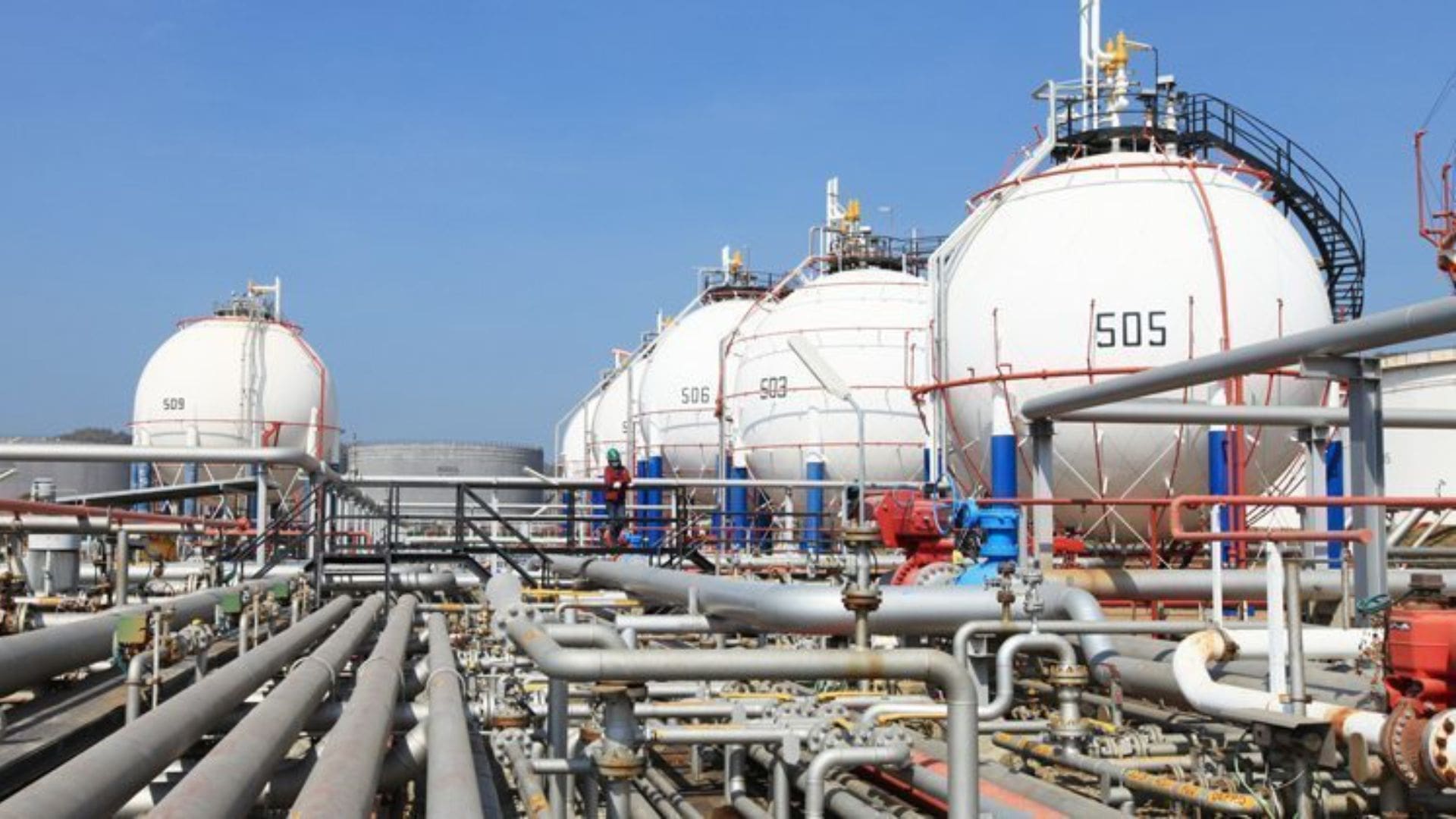China's Dominance in Ecuador's Oil Sector: Balancing Opportunities and Environmental Concerns
- Ecuador | 22 May 2015

China’s increasing investment in Ecuador’s oil sector has both positive and negative implications for the country. Led by the Industrial and Commercial Bank of China, a group of Chinese banks disbursed $2 billion in loans in 2014, with an additional $7 billion expected to follow. These funds are designated for the construction of the Pacific Refinery, a project estimated to cost around $13 billion upon its completion in 2017. This financial deal represents a significant increase from the initial projections of $5 billion proposed by President Correa in 2007. Oil constitutes Ecuador’s main export, and revenues from oil sales contribute to approximately 35% of government spending. However, concerns have been raised about the environmental impact of the deal, particularly regarding the extraction of oil from the Yasuni National Park’s Ishpingo, Tambococha, and Tiputini Fields.
Upon its completion, the Pacific Refinery is expected to process 300,000 barrels per day (bbl/d) of crude oil, including Venezuelan oil from the Orinoco Oil Belt, accounting for approximately 16% of Venezuelan crude output. The refinery, located in Manabí, covers an area of 500 hectares, along with a surrounding buffer zone of 3,300 hectares. Ecuador currently spends approximately $3 billion annually on importing oil-derived products, despite being an oil-producing country. The Pacific Refinery aims to address this by refining crude oil into various petroleum derivatives, such as fuels, diesel, lubricants, polypropylene, benzene, xylene, and alcohol. The project is also expected to create employment opportunities for 1,300 workers when operational, with an additional 20,000 workers involved in its construction.
The Pacific Refinery will replace the Esmeraldas Refinery as Ecuador’s largest refinery, with the latter having a capacity of 110,000 bbl/d. Although the new refinery will eliminate Ecuador’s dependence on imported oil-derived products, there are concerns about the country’s increasing reliance on a single creditor, China. The financing deal stipulates that the majority of Ecuador’s oil output must be sold to China, limiting Ecuador’s flexibility in the event of oil price fluctuations or a downturn in the Chinese economy. Moreover, critics argue that the financing agreement is linked to the exploitation of ecologically sensitive areas. Environmentalists question China’s commitment to sustainable development and express concerns about potential disruptions to the indigenous groups residing in the region. Ecuador’s limited options for funding necessitated this agreement, but the government asserts that strict environmental regulations will be enforced to mitigate potential ecological degradation, with environmentalists monitoring industry practices.
With the completion of the Pacific Refinery and ongoing upgrade projects at other refineries in the country, Ecuador’s total refining capacity is projected to reach approximately 500,000 bbl/d. Approximately 45% of this output is expected to supply the domestic market with transportation fuels and petrochemical feedstock, while China will absorb the majority of the remaining refined products.
China’s increasing investment in Ecuador’s oil sector presents both opportunities and challenges. While the financing deal for the Pacific Refinery offers the potential for self-sufficiency in oil-derived products and economic growth, concerns remain regarding environmental impacts and dependence on a single creditor. Striking a balance between economic development, ecological preservation, and the well-being of indigenous communities will be crucial in ensuring a sustainable and mutually beneficial partnership between China and Ecuador in the oil sector.








